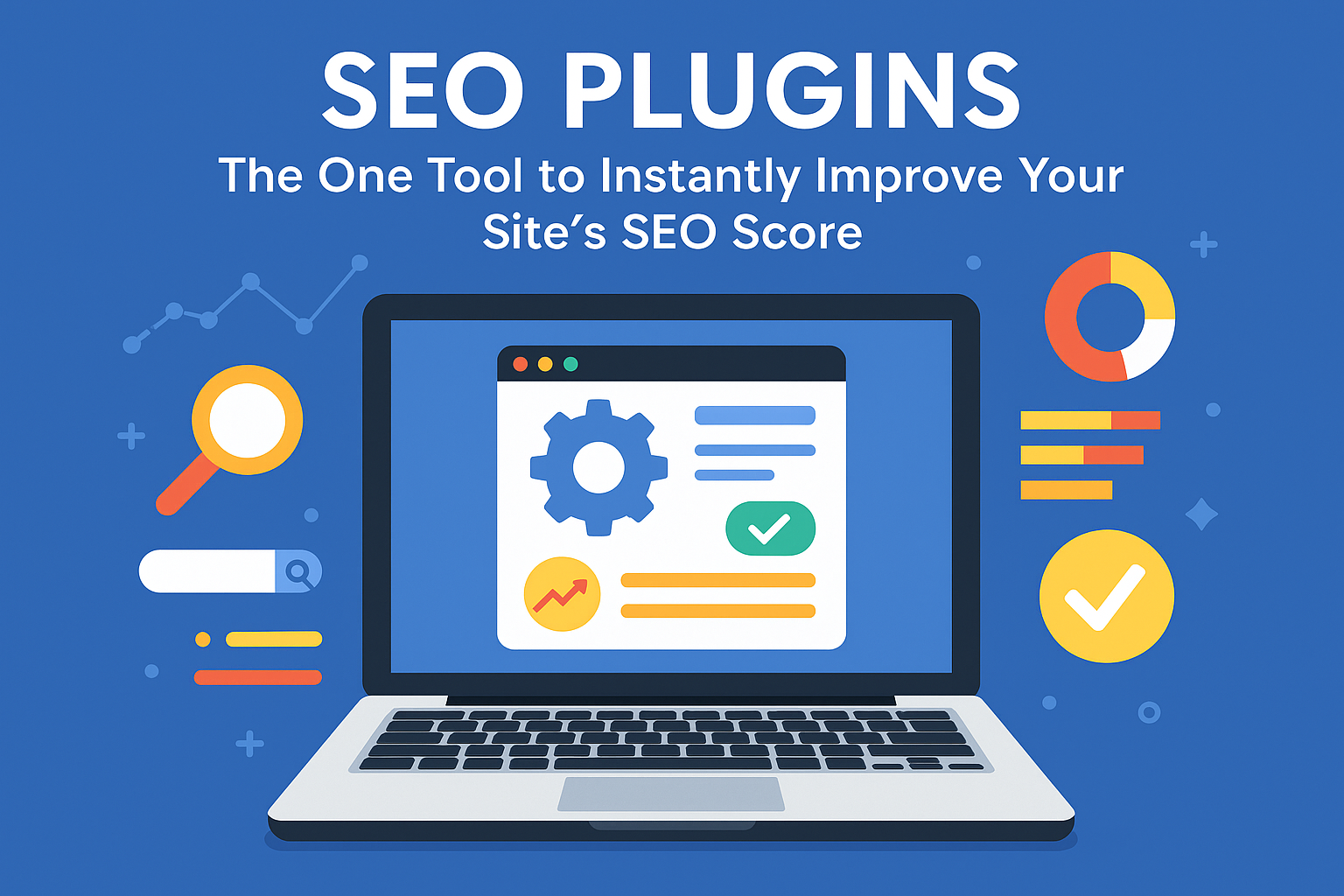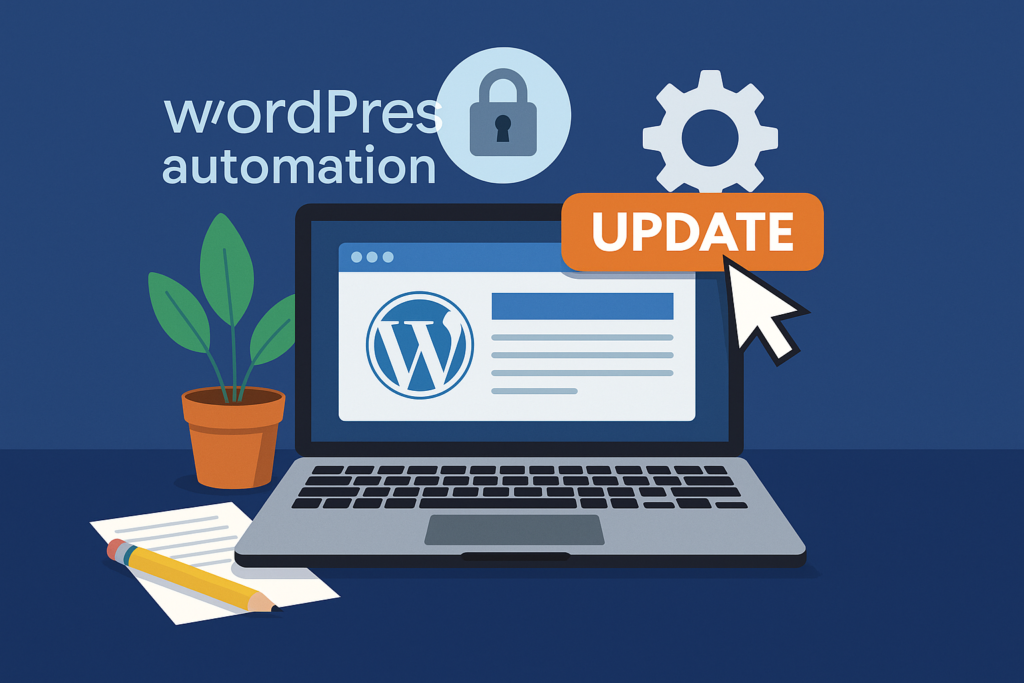
SEO Plugins: 1 Tool to Instantly Improve Your Site’s SEO Score
Introduction If you’re looking to enhance your website’s visibility, attract more organic traffic, and climb the search rankings, SEO plugins are the perfect starting point. These tools simplify the optimization process and provide actionable insights, making them essential for bloggers, entrepreneurs, and developers alike. In this article, we’ll explore one powerful plugin that stands out from the rest—and how SEO plugins like it can instantly boost your site’s performance. What Are SEO Plugins and Why Do They Matter? SEO plugins are tools that integrate with your content management system (like WordPress) to help you implement effective search engine optimization practices. They automate complex tasks, offer real-time feedback, and ensure your content aligns with the latest SEO standards. Benefits of Using SEO Plugins: Automatically optimize titles and meta descriptions Generate XML sitemaps for easier indexing Suggest internal links for better site structure Implement schema markup for enhanced search appearance Monitor keyword usage and readability in real time Whether you’re new to SEO or a seasoned digital marketer, using SEO plugins can help you achieve better results with less effort. Yoast SEO: The Plugin You Need Among all the SEO plugins available, Yoast SEO stands out for its ease of use and robust feature set. With over 5 million active installations, it’s a favorite among WordPress users for a reason. Key Features of Yoast SEO: Real-time SEO analysis as you write Readability checks to improve user experience One-click XML sitemap generation Canonical URLs to avoid duplicate content Support for Open Graph metadata and Twitter Cards Built-in schema.org integration for rich results Yoast SEO helps you optimize every post or page right from the WordPress editor. From keyword usage tips to readability suggestions, it makes SEO simpler and more effective. Real-World Example: Using Yoast for Blog Posts Let’s say you’re writing a blog post titled “How to Start a Podcast.” As you draft your content, Yoast SEO will: Analyze your focus keyword placement Offer feedback on sentence length and structure Suggest improvements for meta descriptions Show how well your page meets SEO standards This real-time guidance allows you to make improvements on the spot—helping you rank better without hiring an expert. Setting Up the Plugin Getting started with Yoast SEO is easy: Go to your WordPress dashboard Navigate to Plugins > Add New Search for “Yoast SEO” Click Install > Activate Follow the configuration wizard to tailor settings to your website In just a few minutes, you’ll have one of the best SEO plugins working behind the scenes to optimize your content. Free vs. Premium: What’s the Difference? The free version of Yoast SEO offers everything most websites need to get started. However, upgrading to the premium version unlocks: Multiple focus keyword optimization Redirect manager for broken links Internal link suggestions 24/7 support For growing websites, these extra features make the investment worthwhile. Other Top SEO Plugins to Consider While Yoast is a market leader, a few other SEO plugins are worth checking out: ✅ Rank Math – Lightweight and user-friendly with deep analytics ✅ All in One SEO (AIOSEO) – Great for beginners and WooCommerce stores ✅ SEOPress – A powerful alternative that’s fully white-labeled These SEO plugins also offer advanced features to improve your website optimization strategy. Why SEO Plugins Are a Game-Changer Still wondering if SEO plugins are worth it? Here’s why they matter: 🟢 Save time by automating optimization tasks 🟢 Improve your content quality with real-time feedback 🟢 Stay updated with the latest SEO standards 🟢 Boost your chances of ranking higher in search results By simplifying the optimization process, SEO plugins empower users to compete in a digital space that rewards visibility and performance. Final Thoughts Optimizing your website can feel overwhelming, but with the right tools, it doesn’t have to be. SEO plugins like Yoast SEO are powerful allies in your content creation and digital marketing efforts. Whether you’re publishing your first blog post or managing a large site, using SEO plugins helps ensure your content gets seen, clicked, and ranked. Don’t leave your website’s performance to chance—take control with a plugin that works for you.









